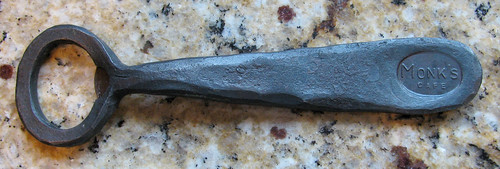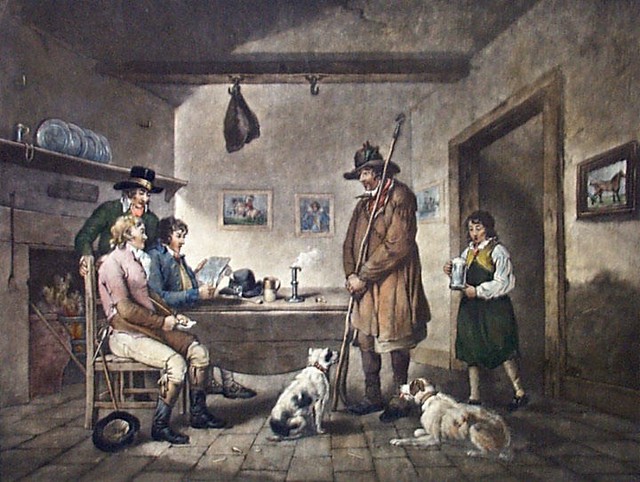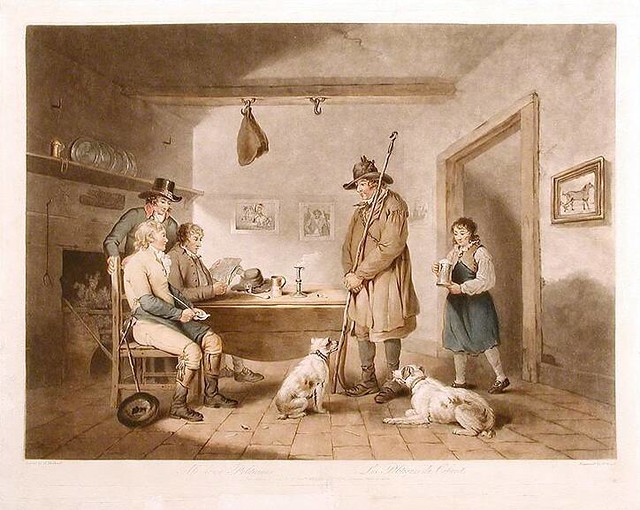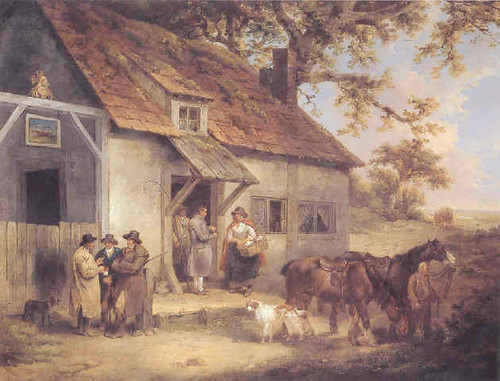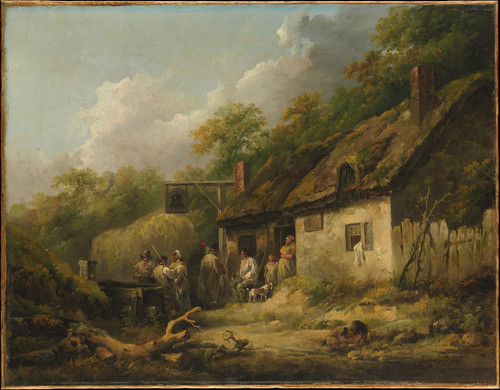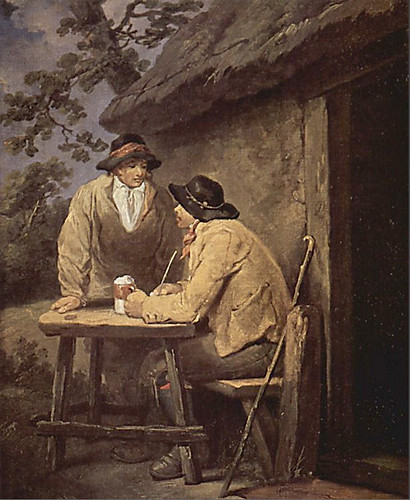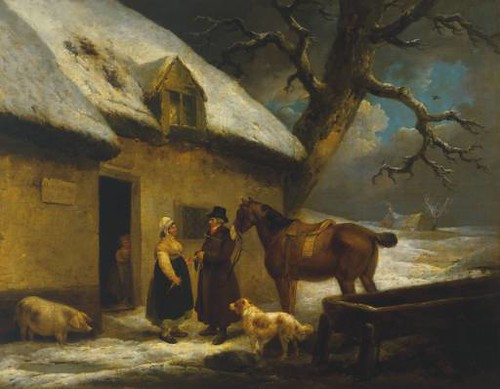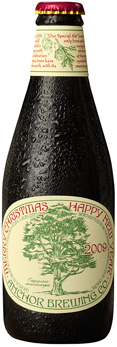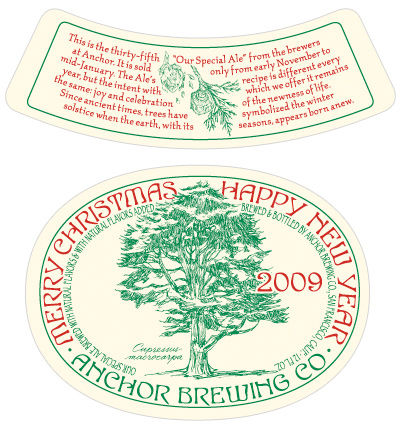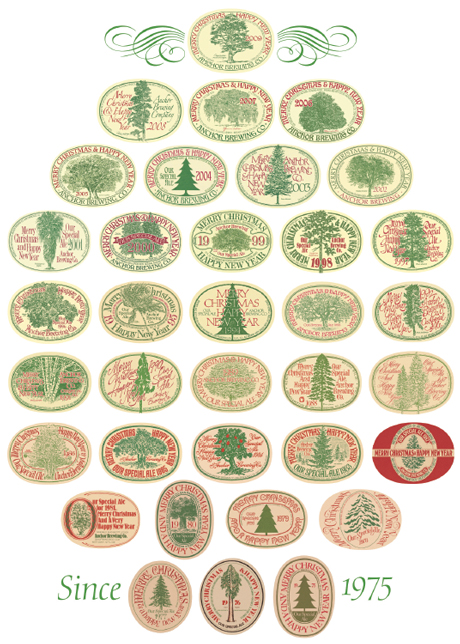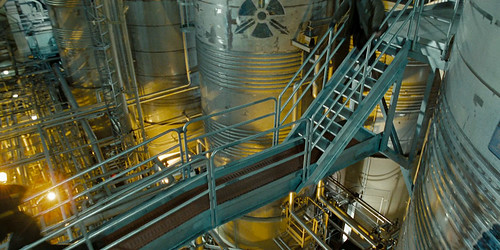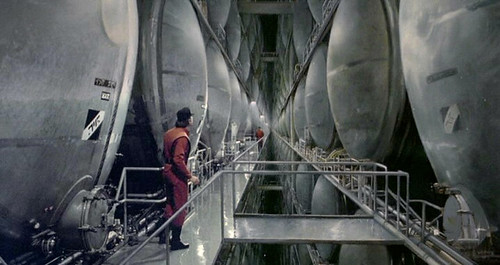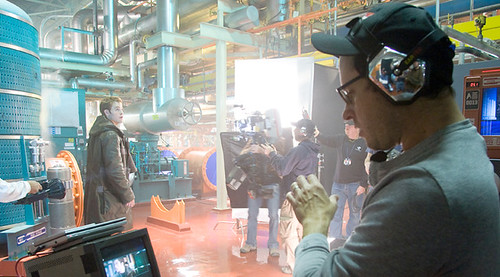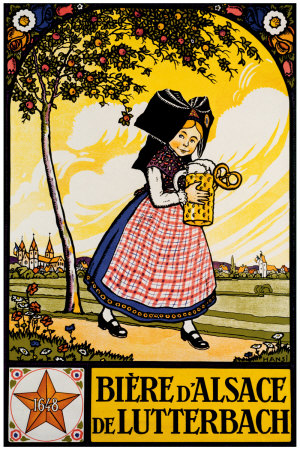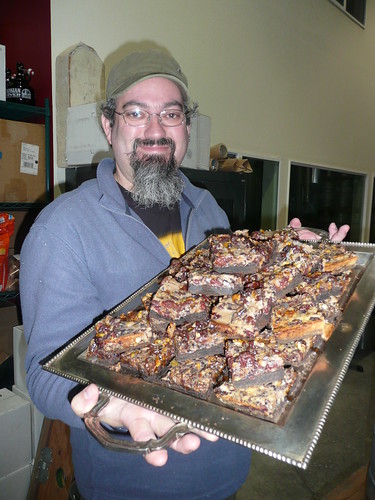![]()
On Thursday of last week, Boston Beer brewer Bert Boyce was in town o the last leg of a three-city tour of California to introduce the 2009 edition of Samuel Adams‘ Utopias. Boyce is originally from California, and I first met him while he was working at Drakes in San Leandro a several years ago. The beer dinner was held at Monk’s Kettle in San Francisco, and they did a great job both with the food generally and also pairing the beer with the dishes served.
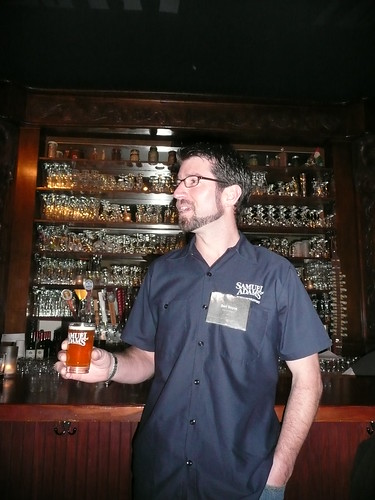
Bert Boyce, Boston Beer brewmaster, addressing the crowd and talking about his beer.

But the pièce de résistance was, naturally, the Utopias. I confess I’d already tasted this year’s version, both from the barrel in Boston and also from the sample bottle that I was sent, but this beer is so good and so different from any other beer that I know that it’s hard to pass up an opportunity for some more, especially with a great meal to boot.
Below is a slideshow of the Topias beer dinner. This Flickr gallery is best viewed in full screen. To view it that way, after clicking on the arrow in the center to start the slideshow, click on the button on the bottom right with the four arrows pointing outward on it, to see the photos in glorious full screen. Once in full screen slideshow mode, click on “Show Info” to identify each photo.


